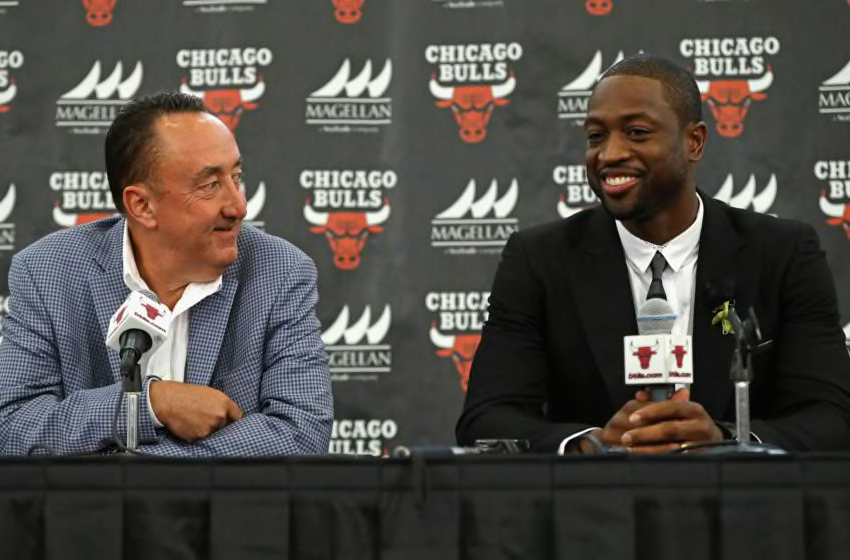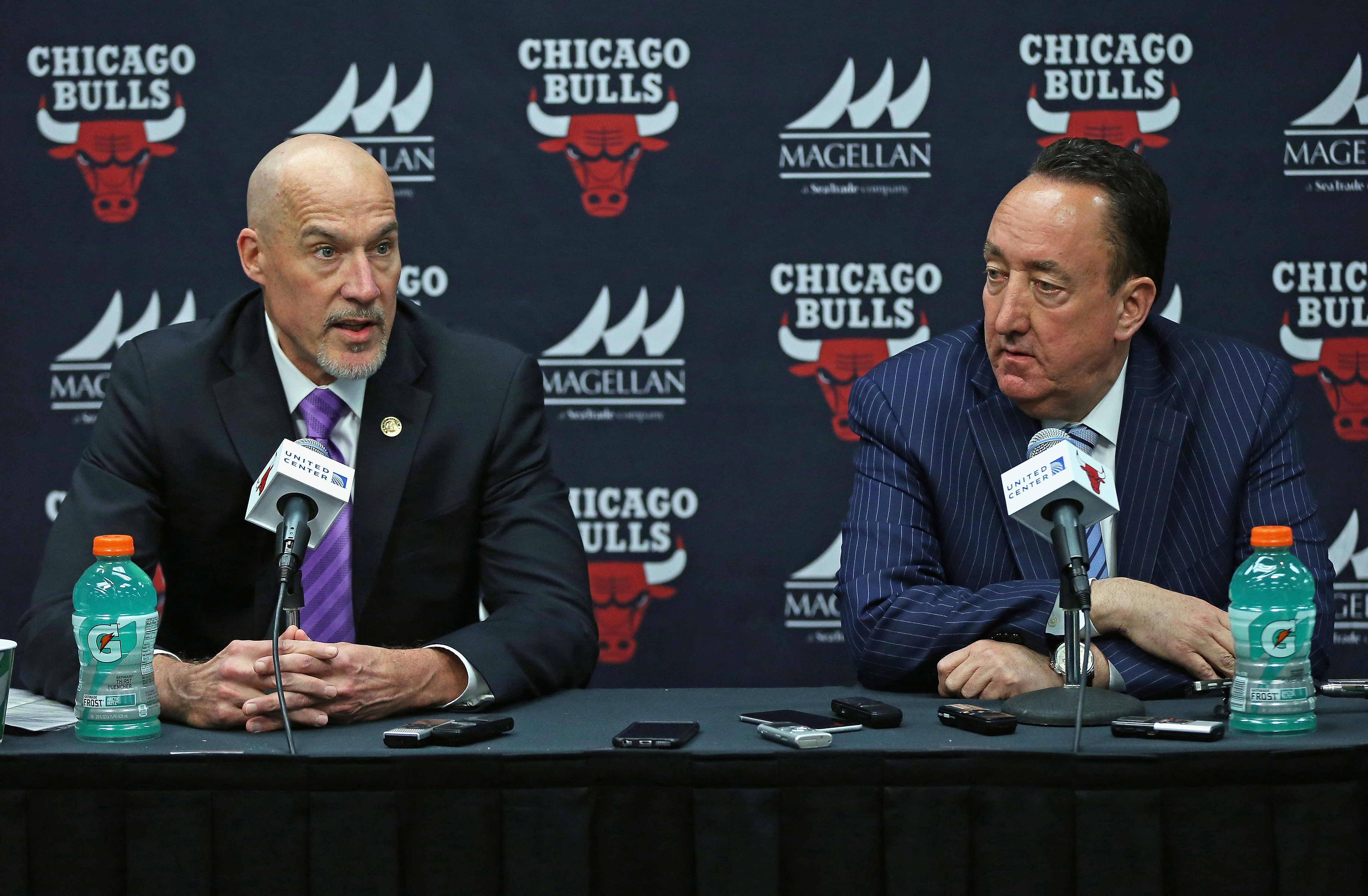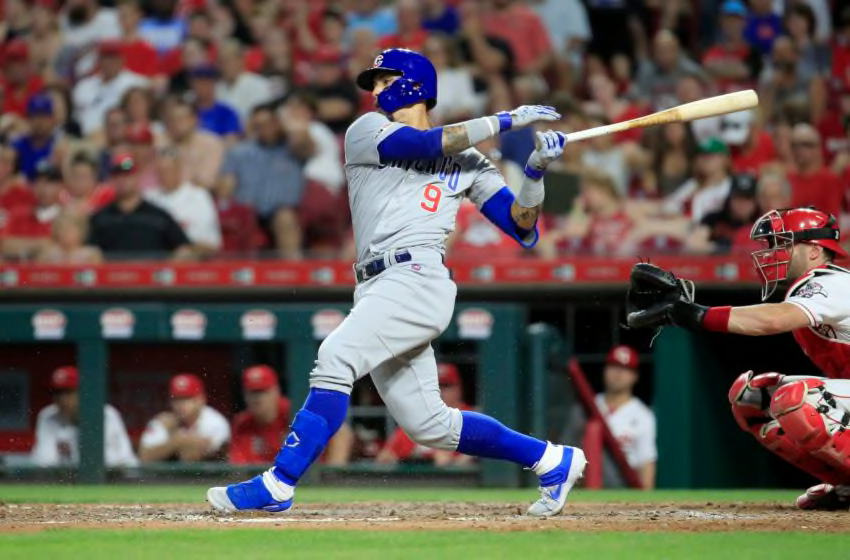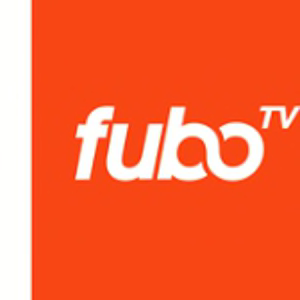It came in waves last month. At first, we had a trickle of announcements about theaters like Court limiting the number of patrons attending a show. That was swiftly followed by more and more announcements of shows closing early or postponing their openings, until we arrived at a complete shutdown of all arts venues. (Most performing arts venues closed well ahead of Governor J.B. Pritzker’s stay-at-home order on March 21.)
Some groups are scrambling to put content online, either in a ticketed livestreaming format or for free (but with donations gratefully accepted). Others are simply in hibernation like the rest of the world, waiting for a time when it will be safe to gather again in person to collaborate with their fellow artists and communicate in close quarters with a live audience.
If you attend live theater and dance regularly, you’ve undoubtedly heard the curtain speeches or seen the program notes about how ticket sales account for only a portion of their revenues, making donations vital to their survival. That’s true, but when that portion is cut off suddenly, it leaves organizations and individual artists struggling to figure out the next financial steps. (In the case of many theater artists, they also rely on jobs in the hospitality industry to help make ends meet, so they’re in a double bind with restaurants and bars closed.)
On Tuesday, March 31, Arts Alliance Illinois announced a new emergency arts funding initiative, Arts for Illinois. It joins several other funds–some created specifically in response to COVID-19, others that have been in operation for decades–that are attempting to bridge the gaping fiscal chasm facing the performing and visual arts in the state and elsewhere. Arts for Illinois is designed to aid both individual artists and organizations, leveraging assistance from a range of existing nonprofits and institutions.
Additionally, the Alliance unveiled a new site, artsforillinois.org, where online content from arts groups around the state is available. It includes everything from archival clips of past shows (such as Victory Gardens’s production of Tiny Beautiful Things in fall of 2019) to educational activities for families and children to original writing, music, and visual art.
Claire Rice, executive director for Arts Alliance Illinois, notes, “We had just over 320 organizations responding to our COVID impact survey that we did a couple of weeks ago. Just closures through the end of April reflect close to 100 million dollars in lost revenue.” The goal with the Arts for Illinois initiative is to “create a structure that was frankly also nimble enough to be able to scale up and down depending on how long this goes on and to think about medium to long-term solutions as well,” she adds.
The individual artist grants of $1,500 are administered through 3Arts, and are available on a one-time-only basis through what Rice describes as a “mostly lottery” selection process in order to avoid first-come, first-served positioning. While applicants do need to demonstrate their “participation in the sector as a professional” and their “need in the moment,” Rice clarifies that “3Arts is not making evaluations based on artists’ artistic quality or anything like this. We’re really just trying to center equity in this process and thus the lottery system.”
Visual artist Amanda Williams, a member of the Arts for Illinois steering committee, says, “For me, the key point that I emphasized and kept trying to drive home is that oftentimes, the process just to apply is so daunting and overwhelming that artists in general don’t make an effort to do that. Within the realm of understanding that it needs to be trackable and guard against fraud and these kinds of things, it needed to be as straightforward as possible if they were serious about getting the money out as quickly as possible.” She notes that 3Arts, which focuses its efforts primarily on artists who are women, people of color, or people with disabilities, already does a lot of work around equity with artists from historically marginalized groups. (Williams received a 3Arts award in 2014.)
Currently, the Arts for Illinois total funding stands at around $4 million. The fundraising has been spearheaded by Illinois First Lady M.K. Pritzker and Chicago First Lady Amy Eshleman, with donations coming in from major foundations such as the MacArthur and Walder Foundations, individuals, and city and state sources, including Chicago’s Department of Cultural Affairs and Special Events and the Illinois Arts Council.
For funding arts organizations, the Alliance turned to the Arts Work Fund, which usually focuses on funding projects to “strengthen organizational systems and build the knowledge and skills of staff and boards.” They’ve shifted that focus entirely to general operating support during the current COVID-19 crisis. To qualify, arts groups must have 501c3 nonprofit status from the IRS. The grants will be scaled to the arts organization’s annual expenses from the last fiscal year. So for example, a company with expenses of $100,000 or less will receive $8,000, while an organization with expenses over $1.5 million will receive $30,000.
Which organizations are NOT eligible? Those that focus primarily on social service missions, such as juvenile justice or housing, but also have an arts program; stand-alone or onetime festivals, conferences, or other events; religious-based activities; or groups that are part of another larger entity, such as the art department of a university.
Rice emphasizes that Arts for Illinois is indeed meant to serve the entire state–“with the understanding that of course a lot of the giving will be centered in Chicago and the Chicagoland area because of the need.”
She adds, “The fund will be open until the volume of applications exceeds the grantmaking partners’ ability to process them. And then of course it goes without saying that the hope is that as we receive more funding commitments, we will be able to open it back up. So even if you’re not a recipient within the first round, we’re hoping that we will be able to continue to fundraise and continue to support artists and arts organizations directly through this fund over time.”
By streamlining the application process and earmarking funds for general support, rather than specific artistic projects (such as a new production or collaboration), or initiatives like educational outreach, Arts for Illinois is doing two things many artists and arts organizations have been requesting for years.
Williams, a former architect whose work often focuses on questions of equity and race in how we view neighborhoods, as in her “Color(ed) Theory” series, is hopeful that how Arts for Illinois is responding now will continue to influence grantmakers after the crisis passes. “This opens the door to later on have these conversations and say, ‘Hey by the way, with streamlining as easy as it was to put that grant together, we could probably eliminate these 15 components of these project applications,'” she says.
Williams notes that it’s also important to view individual artists as people who are de facto running small businesses. “I feel like the foundations and the funders are really starting to understand how to center equity and what that means. But they are also starting to think about the capacities that artists have. We manage budgets. Yes, they’re not million-dollar budgets, but we make a dollar out of 15 cents, to paraphrase a rap line. The things we do to manage time and money and resources, to get our vision out, is astounding if you are able to scale that to our parallel in other sorts of business industries.”
Rice also hopes that providing access to the work of artists during the shutdown will remind the public of how vital the arts are for nourishing communities and individuals. “I am very much hopeful that we come out of this endeavor with a new recognition of how the arts got us through this crisis in our homes–entertaining us, engaging us, keeping us connected in creative and exciting ways. And then the arts are going to be a critical part of knitting our communities back together when we are once again able to gather in person.”
In addition to Arts for Illinois, here is a partial list of other funds serving artists and arts organizations during the COVID-19 crisis. In some cases, the application process for the current round has closed, but it may be worth checking back in to see if a second round is available. All of them will of course also gratefully accept individual donations of any size.
SEASON OF CONCERN
Founded in 1987 primarily in response to the AIDS crisis, Season of Concern’s short-term emergency funding is open to theater artists whose health has been affected by COVID-19. Proof of positive testing for the virus is required to apply. seasonofconcern.org
THE ACTORS FUND
The Actors Fund partners with Season of Concern and also provides an array of resources for “everyone working in theater, film, television, radio, music, dance, opera and circus.” They are also partnering with many other performing arts organizations, unions, and guilds for providing short-term emergency assistance. actorsfund.org
DRAMATISTS GUILD FOUNDATION
The national organization for playwrights, like Season of Concern and Actors Fund, is always available for artists who require emergency relief grants. They are also advocating for more representation for writers in other funds geared toward assisting the theater community. dramatistsguild.com
CHICAGO THEATRE WORKERS RELIEF FUND
Administered through the League of Chicago Theatres, with assistance from the Saints, the theater volunteer organization (you may know them as the people who usher at many shows around town), this fund provides $500 emergency relief grants to theater artists in the most dire need. Chicagoplays.com
THE DANCERS’ FUND
Though unable to assist dancers affected financially by the shutdown, this fund, a project of Chicago Dancers United, may be able to assist dance professionals who have contracted the virus and need assistance with medical expenses. chicagodancersunited.org
FOR THE PEOPLE ARTISTS COLLECTIVE
This “radical squad of Black artists and artists of color in Chicago” has currently exhausted its capacity to provide $500 microgrants to Illinois-based artists and freelancers of color, but will accept donations with the hope of restarting the grants. forthepeoplecollective.org
CHICAGO COVID-19 HARDSHIP AND HELP PAGE
Created by Chicago organizers Kelly Hayes and Delia Galindo, this page maintains a database of stories from people across the spectrum of arts and social justice work seeking assistance. It’s not a grantmaking organization, nor does it vet the stories posted. “We are simply creating a platform to allow people who have unmet needs to connect with people who have resources.” transformativespaces.org
CHICAGO ARTISTS RELIEF FUND
This is a GoFundMe started by nine artists in mid-March, now entering its second round of accepting applications from individual artists in need. They emphasize that they operate independently from “any government agency, institution, or nonprofit fund who might require proof of US Citizenship, employment, or income to accept an application.” They also note, “We acknowledge the creative work of sex workers and welcome applications from individuals including but not limited to dancers whose upcoming gigs have been impacted.” Application and donation information available here.
NATIONAL ENDOWMENT FOR THE ARTS
The NEA maintains a page with COVID-19 resources for arts organizations and artists. arts.gov v
Read More



















Leave a comment